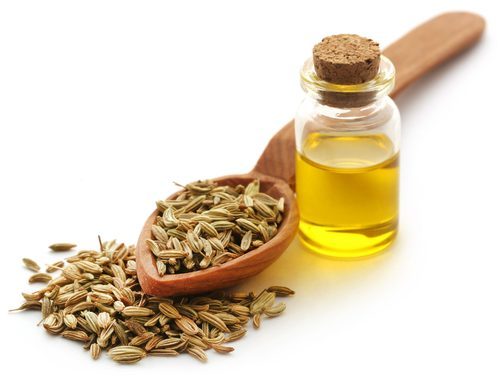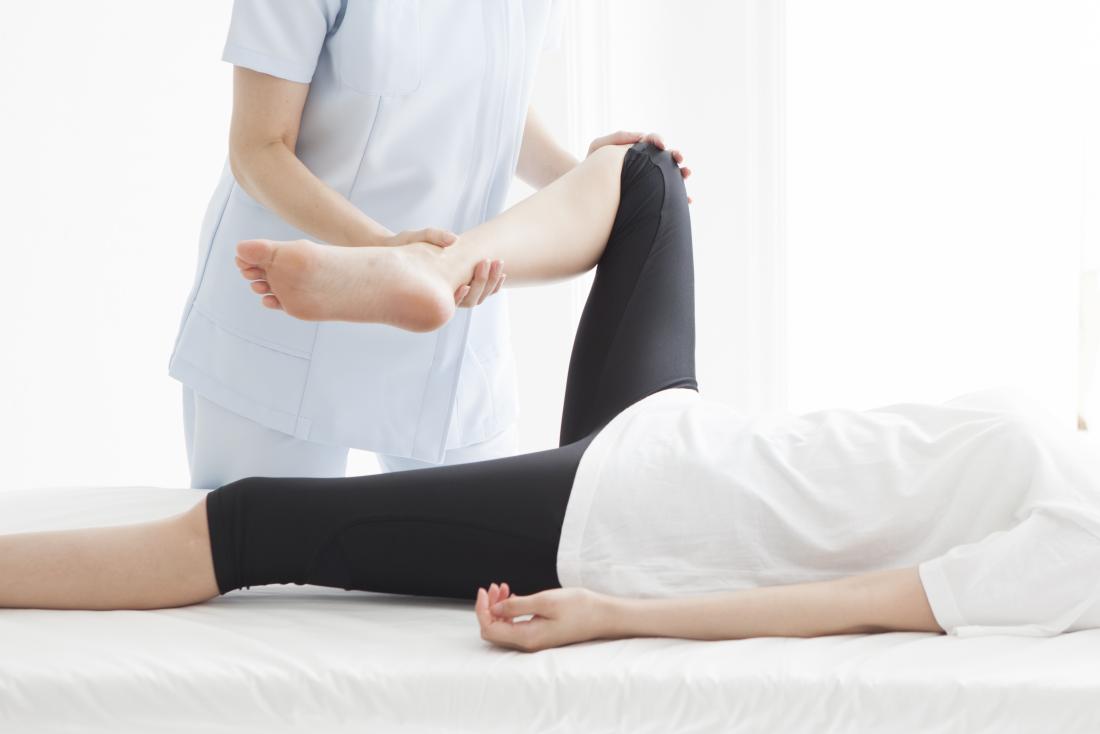Gallstones symptoms female
Gallstones, or cholelithiasis, are solid particles that form in the gallbladder, a small organ under the liver. The gallbladder stores bile, a digestive fluid produced by the liver. While gallstones can affect anyone, they are particularly prevalent in females. Understanding the symptoms and risk factors specific to women can help in early detection and treatment, thus avoiding complications.

What Are Gallstones?
Gallstones are hardened deposits of digestive fluid that can form in your gallbladder. They vary in size and number and can be as small as a grain of sand or as large as a golf ball. There are two main types of gallstones:
- Cholesterol Gallstones: The most common type, these are usually yellow-green and primarily made of hardened cholesterol.
- Pigment Gallstones: These are smaller and darker and made up of bilirubin, which can occur when red blood cells break down.
Why Are Females More Prone to Gallstones?
Several factors make females more susceptible to gallstones:
- Hormonal Factors: Estrogen increases cholesterol levels in bile and decreases gallbladder motility. Pregnancy, hormone replacement therapy, and birth control pills increase estrogen levels, raising the risk of gallstones.
- Pregnancy: During pregnancy, the body produces more estrogen, and the gallbladder doesn’t empty as frequently, both of which contribute to the formation of gallstones.
- Obesity: Obesity is a significant risk factor, particularly among women. Excess weight increases cholesterol in bile, promoting the formation of gallstones.
- Diet: A diet high in fat and cholesterol and low in fiber can increase the risk of gallstones. Since women are more likely to engage in weight cycling (repeatedly losing and regaining weight), this also increases the risk.
Common Symptoms of Gallstones in Females
Gallstones can be asymptomatic, meaning many people may have them without experiencing any symptoms. However, when symptoms do occur, they can range from mild to severe. Here are the most common symptoms:
- Biliary Colic (Gallbladder Attack): This is the most typical symptom of gallstones. It involves a sudden, intense pain in the upper right part of the abdomen, which can radiate to the back or right shoulder. This pain often occurs after eating a fatty meal and can last from a few minutes to several hours.
- Nausea and Vomiting: These symptoms often accompany biliary colic and can be severe.
- Indigestion and Bloating: Persistent indigestion, bloating, gas, and belching can be signs of gallstones. This is particularly true after meals high in fat.
- Jaundice: If a gallstone lodges in a bile duct, it can block the normal flow of bile from the liver to the intestines. This can cause jaundice, a yellowing of the skin and eyes.
- Dark Urine and Light-Colored Stools: These can be signs that a gallstone is blocking the bile duct.
- Fever and Chills: If a gallstone causes an infection in the gallbladder, it can lead to fever and chills, which may indicate a more severe condition such as cholecystitis.
Less Common Symptoms
Less frequently, gallstones may cause symptoms such as:
- Pain in the Back: Some women may experience pain in the back between the shoulder blades.
- Chest Pain: Although less common, gallstones can cause chest pain, making it essential to differentiate between gallbladder issues and cardiac problems.
- Sweating and General Malaise: General feelings of illness, including sweating and weakness, can also be associated with gallstone attacks.
Complications of Gallstones
If left untreated, gallstones can lead to severe complications, particularly in women. These complications include:
- Cholecystitis: This is the inflammation of the gallbladder, often caused by a blocked duct. Symptoms include severe pain, fever, and jaundice. Chronic cholecystitis can lead to a shrunken, scarred gallbladder.
- Pancreatitis: Gallstones can block the pancreatic duct, leading to inflammation of the pancreas. This condition is very painful and requires immediate medical attention.
- Cholangitis: This is an infection of the bile duct system. It can cause severe pain, fever, and jaundice and requires emergency treatment.
- Gallbladder Cancer: Although rare, gallstones are a risk factor for gallbladder cancer. Chronic inflammation from gallstones is thought to contribute to the development of cancer.
Diagnosing Gallstones
Diagnosis of gallstones typically involves:
- Ultrasound: This is the most common and non-invasive test for detecting gallstones. It uses sound waves to create images of your gallbladder and can show the presence of stones.
- CT Scan: A computed tomography (CT) scan can also detect gallstones and assess complications.
- HIDA Scan: A hepatobiliary iminodiacetic acid (HIDA) scan tracks the production and flow of bile from your liver to your small intestine, showing blockage or other issues.
- Blood Tests: These tests can detect signs of infection, jaundice, pancreatitis, or other complications caused by gallstones.
Treatment Options
The treatment for gallstones depends on the severity of symptoms and the presence of complications. Options include:
- Watchful Waiting: If gallstones aren’t causing symptoms, treatment may not be necessary. This approach involves regular monitoring for any changes or developments.
- Medications: Oral bile acids, like ursodeoxycholic acid, can help dissolve cholesterol gallstones, though this treatment can take months or years to be effective and isn’t always successful.
- Surgery: The most common treatment for symptomatic gallstones is cholecystectomy, the surgical removal of the gallbladder. This can be done laparoscopically (minimally invasive) or via open surgery. Post-surgery, bile flows directly from the liver to the small intestine rather than being stored in the gallbladder, usually with minimal digestive issues.
- Endoscopic Retrograde Cholangiopancreatography (ERCP): This procedure is used to locate and remove stones from the bile duct.
- Lithotripsy: A non-invasive procedure that uses shock waves to break gallstones into smaller pieces that can pass through the digestive system.
Preventing Gallstones
While not all gallstones can be prevented, certain lifestyle changes can reduce the risk:
- Maintain a Healthy Weight: Obesity is a significant risk factor, so maintaining a healthy weight through diet and exercise is crucial.
- Avoid Rapid Weight Loss: Losing weight too quickly can increase the risk of gallstones. Aim for a gradual weight loss of 1-2 pounds per week.
- Healthy Diet: Eating a balanced diet that’s high in fiber and low in refined carbohydrates and fats can help reduce the risk of gallstones. Incorporating healthy fats from sources like fish, nuts, and olive oil can also be beneficial.
- Regular Physical Activity: Exercise can help maintain a healthy weight and reduce cholesterol levels, thereby lowering the risk of gallstones.
Conclusion
Gallstones are a common issue, particularly among women, due to a combination of hormonal, genetic, and lifestyle factors. Recognizing the symptoms early and seeking appropriate medical attention is essential to prevent complications. Through a combination of lifestyle changes, monitoring, and medical interventions, women can manage gallstones effectively and maintain a high quality of life.


